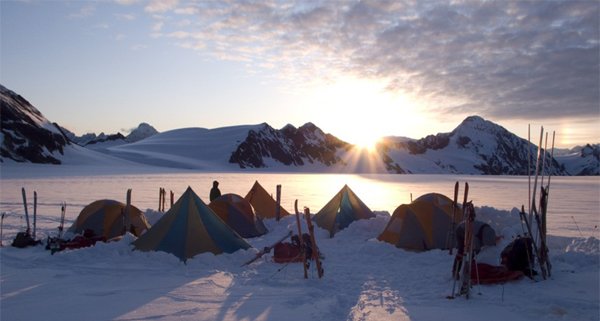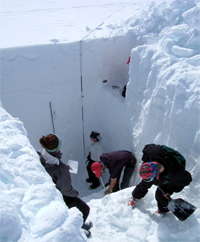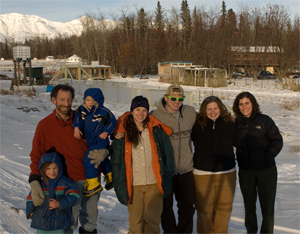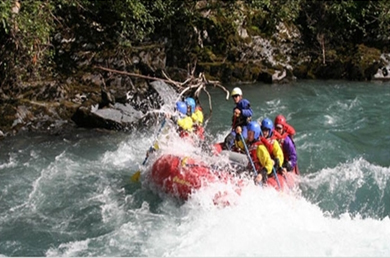I came to APU in spring 2010, welcomed by a beautiful blanket of snow, excellent spring cross country skiing conditions. Soon thereafter, I invited a new APU Board member to campus for a tour. We were in the BP Science Center and Mike Loso, geology faculty, was in the midst of loading gear for his Glaciology class and was gracious to spend a few minutes talking to us about what they were doing-Hike in, spend 2 weeks camping on the Eklutna Glacier, learn wilderness camping skills, measure the glacier’s rescission levels by taking samples as APU had been doing for the past 10 years for the Municipal Light and Power so that they could make projections re: the Municipality of Anchorage’s drinking water supply. When he was finished, the new Board member and I looked at each other and expressed the same thought- we wished we could have learned science that way! It immediately struck me that Mike had just described all of the best practices in higher education and my vision for what I would like to see every class achieve i.e., experiential learning-within learning communities-on relevant, real world projects.
I often counsel parents and college-ready students about where to get the best education. In a nutshell, I tell them that it starts with a small college, one that fulfills your spiritual quest, changes your life, where you will experience Deep Learning (Grow neurons, Fire them up, create new neural networks), where the curriculum is about student engagement in real world projects that matter, and where students take responsibility for co-developing their own curriculum.
All of this is supported by the research on best practices in higher education e.g., the researchers at Indiana University’s Documenting Effective Educational Practices (DEEP) program list 5 key benchmarks:
- Active and collaborative learning
- Student-faculty interaction
- Level of academic challenge
- Enriching Educational Experiences
- Supportive, campus environment
Here is how APU does this:
1. Our Process: Active and Collaborative learning: The Glaciology class as example
2. Our Structure: The importance of Student-Faculty interaction. APU has one of the lowest student/faculty ratios in the U.S. 10: 1
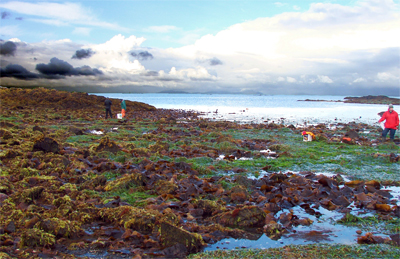
APU introductory biology class: in the field: 10 students: 1 faculty
3. Our Demands: Everyone has High Expectations
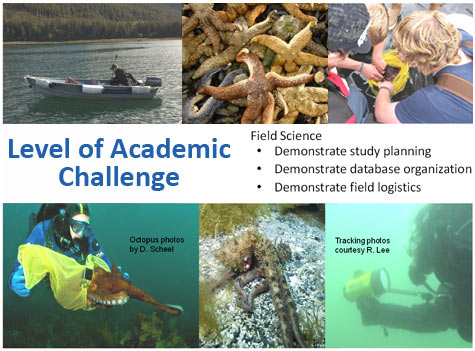
APU students, by their sophomore or junior years have access to graduate-level field science experiences.
Example:
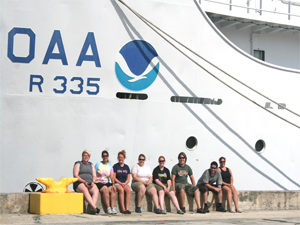
Eight APU Marine biology students on a NOAA research vessel traveling from Guam to Hawaii working side by side with top scientists monitoring dolphins and whales.
4. Our Environment: Our commitment to having a supportive campus
a. Like an extended family
b. Knowing everyone’s name
c. Open door to the President
5. Our Reality: Quality Social and recreational opportunities
These are the inputs, if you will. The outcomes- that which we measure as value-added from a college education upon graduation are:
To be able to think critically
Reason analytically
Solve problems creatively
Communicate clearly and cogently.
These are the skills that educators value and that employers want from our graduates. The entire experience at APU has been intentionally created to achieve this. The RAND Corp developed a test to measure these 4 learning outcomes upon graduation. It’s called the Collegiate Learning Assessment. They test freshmen upon entry and seniors upon graduation.
APU’s CLA test results indicate that APU contributes more the learning gains made by students than 91% of the 400 undergraduate institutions participating.
Why all this matters
- Because you want to get a job in which you are reasonably compensated and which you enjoy doing
- Because you will be required to adapt and change in order to be successful, and to do that you are going to need to have a life-long love of learning
- Because you are going to live in a hyper competitive global marketplace and success will require broad skills and new skills
